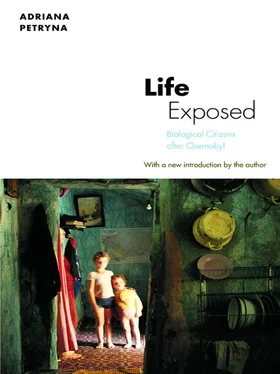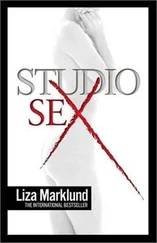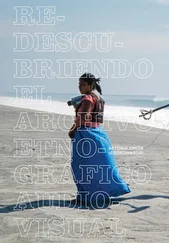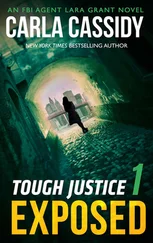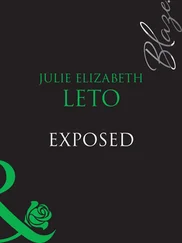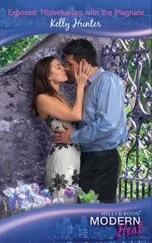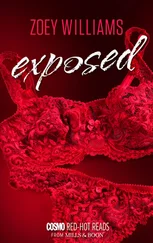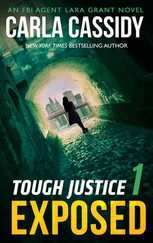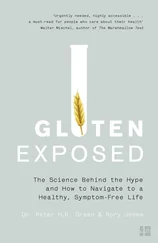Adriana Petryna
LIFE EXPOSED
Biological Citizens after Chernobyl
With a new introduction by the author
Introduction to the 2013 Edition: How Did They Survive?
“They are alive. The workers know that they didn’t die. But they don’t know how they survived.” These words were spoken to me by a biochemist in Kyiv, Ukraine, in 1996, a decade after the nuclear disaster at Chernobyl. This scientist, along with colleagues at the country’s Academy of Medical Sciences, pioneered a way of analyzing the tooth enamel of Chernobyl cleanup workers and evacuees for clues to past levels of radiation exposure. Affected populations included roughly 600,000 cleanup workers and 5 million people either resettled from contaminated territories or continuing to live there. Their actual doses were uncertain or unknown owing to a lack of monitoring, and this made long-term research on Chernobyl’s health effects difficult, but not impossible. Tooth enamel, scrubbed of organic rot and crushed into microfine mineral components, provides a reliable measurement of an absorbed dose. More than four thousand samples were gathered in an established countrywide tooth acquisition network. Dr. Vadim Chumak and his colleagues, supported partly by the U.S. Armed Forces Radiobiology Research Institute, worked tirelessly, analyzing the dosimetric signals of the prepared samples so that a large-scale epidemiological study could soon take place. At least that was the plan.
Dr. Chumak expressed surprise, even bewilderment, at some of his research subjects even being alive. Samples from some Chernobyl cleanup workers showed that they had absorbed six to eight times the textbook definition of a lethal dose of radiation. Their teeth evidenced the unthinkable: improbable lives for whom the textbook of survival was not yet written.
More than twenty-five years later, that textbook still does not exist. The research networks required to translate Chernobyl survivors’ reconstructed doses into an internationally recognized gold standard of clinical data have all but disintegrated. Populations affected by Chernobyl have by and large become vestiges of larger—and mostly unsystematized—bodies of fragmented studies. The heterogenous facts of living that make up their stories of death and recovery have nowhere to live under dominant systems of knowledge. How they survived has become an inexplicable fluke.
Because of their durability, teeth have a special capacity to resist the pressure of disappearance. Remaining after everything else decays, fossils, like teeth, are also flukes, pointing to assemblages of life and matter and larger living environments that no longer exist; they dog the certainties of knowledge systems and the authority we attribute to them. Fossils, like the teeth, can be serendipitous too—a starting point for newer, more complete truths. Or they can signal a lost chance, in which the potential for newer, more complete truths precipitously falls away.
There is a term in science that captures this instability of what fossils mean. Introduced in 1940 by Soviet paleontologist and science fiction writer Ivan Yefremov, “taphonomy” (from the Greek taphos , burial; nomos , law) refers to the laws governing how biocomposites of whatever sort decay—to the rules that determine how they are put away, so to speak, into the lithic world and, ultimately, cast off into geological deep time. Taphonomy also charts the circuitous paths by which fossils come back to us, how their weatherings and modifications and very “depositional environments” confound what they are. Fossils, ancient artifacts, ammonites, seashells, or rodent teeth, are transfigured, bored into, weathered, and altered by heat—they are never just pure samples.
Life Exposed applies this taphonomic sensibility to call for a more complete record of what happened to the cleanup workers, resettled families, and children and parents of exposed children in the decade after the Chernobyl disaster. What is the moral and epistemological system in which knowledge of Chernobyl survivors fits or precipitously drops off? Are the survivors castoffs or flukes to be discounted or filtered out—noise in the system of present-day knowledge of human radiogenic risk? Or are they—these possessors of muddled histories and truths—the very thing to be studied? What larger assemblages of truth and disposals of truth do they reference? What is missing but somehow present in what remains? How is it that we remain ignorant about how they survived? What accounts for the incompleteness of the Chernobyl disaster’s “fossil” record?
To be sure, the unraveling of the Soviet system in 1989 contributed to an atmosphere of chaos and left a legacy in Ukraine of incomplete accounting for Chernobyl’s full public health and human consequences. Moreover, the difficulty of independent long-term study of the disaster’s human health effects has been exacerbated by fragmented research efforts and misplaced priorities, a lack of cooperation between international organizations, inconsistent funding or inappropriate allocation and misuse of funds, and the incompleteness of information and data collection. [1] Baverstock and Williams 2006; Williams and Baverstock 2006. I thank Fred Appel of Princeton University Press as well as the Koyré Center in Paris for the invitation to reflect on this work in June 2012, especially Jean-Paul Gaudillière, Dominique Pestre, and Sezin Topçu. I am also very grateful to Janet Monge, Michael Joiner, Utpal Sandesara, Beth Hallowell, and Britt Dahlberg for conversation and insightful feedback on this essay.
In spite of these realities, official pronouncements two decades later convey a sense of certainty about Chernobyl’s human health effects. [2] United Nations organizations including the IAEA, WHO, and the UN Scientific Committee on the Effects of Atomic Radiation (UNSCEAR) are main sources of information dissemination regarding the health effects of Chernobyl. They constitute the Chernobyl establishment science and have positioned themselves as authorities of the disaster’s toll.
Although the World Health Organization (WHO) in 2005 upped the toll of Chernobyl-related deaths—from 31 to about 50 people, mostly highly exposed emergency responders—and stated that up to 4,000 may eventually die as a result of radiation exposure from the accident, the message remains the same: Chernobyl’s public health effects “were not nearly as substantial as had at first been feared.” [3] World Health Organization 2005.
The WHO has suggested focusing health monitoring mainly on highly exposed cleanup workers and children with thyroid cancers. [4] See World Health Organization 2005. This WHO statement is based on Chernobyl Forum 2003–2005. According to a WHO press release (World Health Organization 2005), “In the health area, the Forum report calls for continued close monitoring of workers who recovered from Acute Radiation Syndrome (ARS) and other highly exposed emergency personnel. The report also calls for focused screening of children exposed to radioiodine for thyroid cancer and highly exposed clean-up workers for non-thyroid cancers. However, existing screening programs should be evaluated for cost-effectiveness, since the incidence of spontaneous thyroid cancers is increasing significantly as the target population ages. Moreover, high quality cancer registries need continuing government support.”
As for populations living in roughly five thousand contaminated villages and towns in Belarus, Ukraine, and Russia, the WHO recommended a halt to further studies of mortality. A 2006 analysis states, “Given the lack of statistical power based upon the estimated doses and confounding variables from causes other than radiation exposure, studies of the causes of mortality of the general population or evacuees from highly contaminated zones are unlikely to provide useful scientific information on radiation effects.” [5] World Health Organization 2006.
Most Chernobyl lives, the official story goes, are far too confounded by sociopolitical realities for any valid science to occur. The UN Scientific Committee on the Effects of Atomic Radiation acknowledged the increase in unusually aggressive thyroid cancers among children living in affected areas, but it continues to characterize most other disorders as products of high levels of stress. UN-agency statements have also gone further to make moral claims about who the survivors are, suggesting that “persistent myths and misperceptions about the threat of radiation have resulted in ‘paralyzing fatalism’” among those living in affected areas. [6] World Health Organization 2005.
Читать дальше
